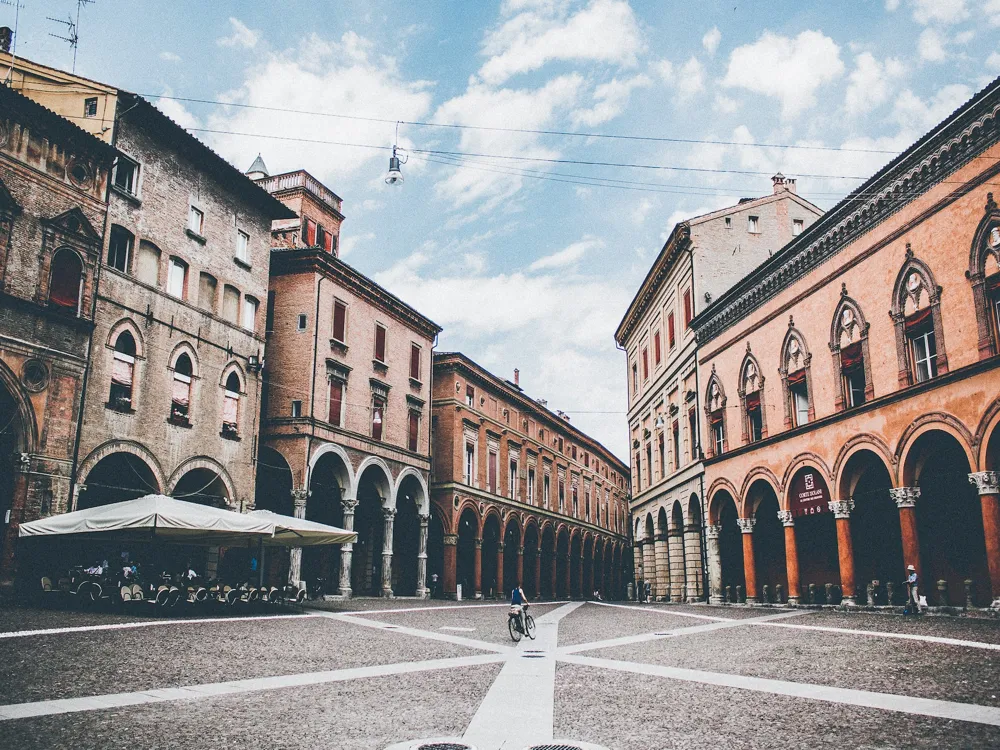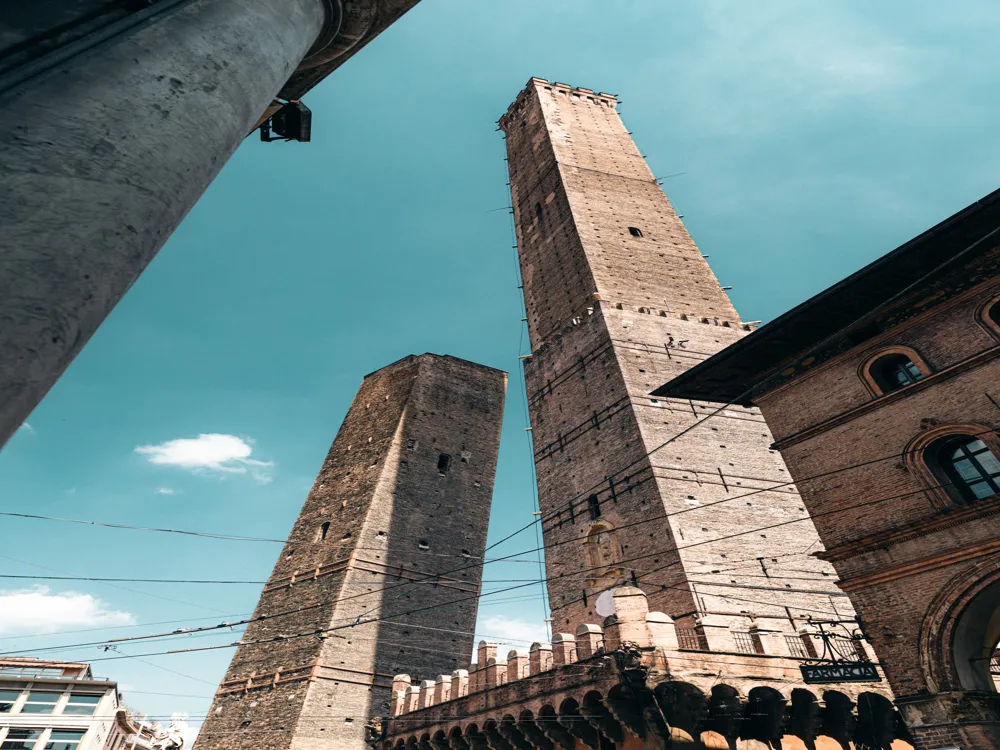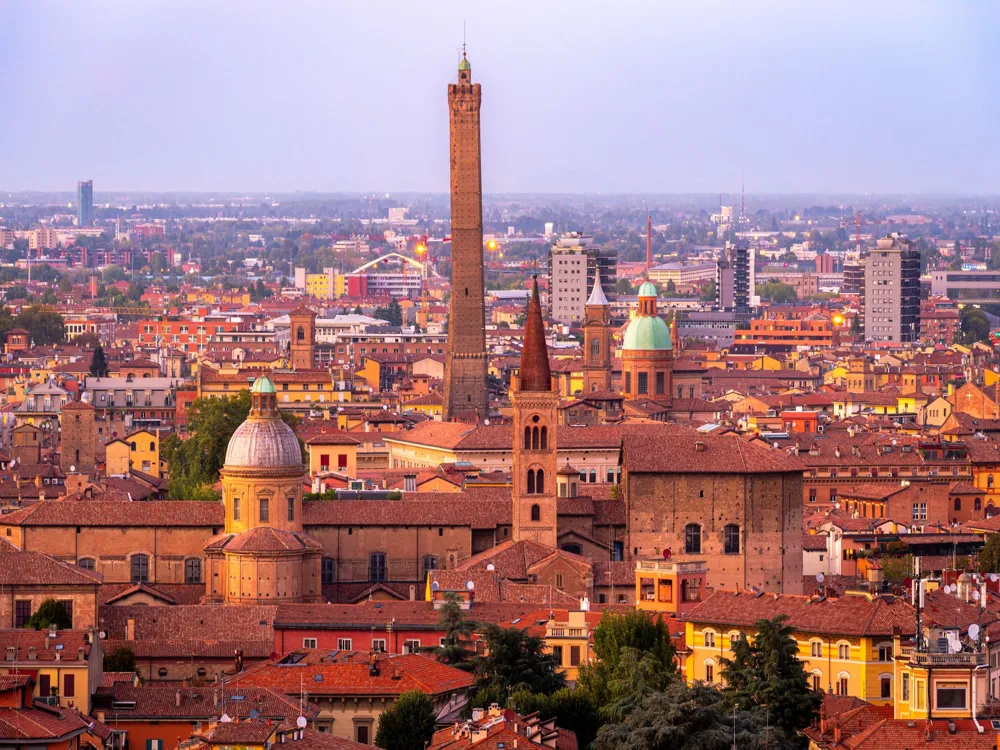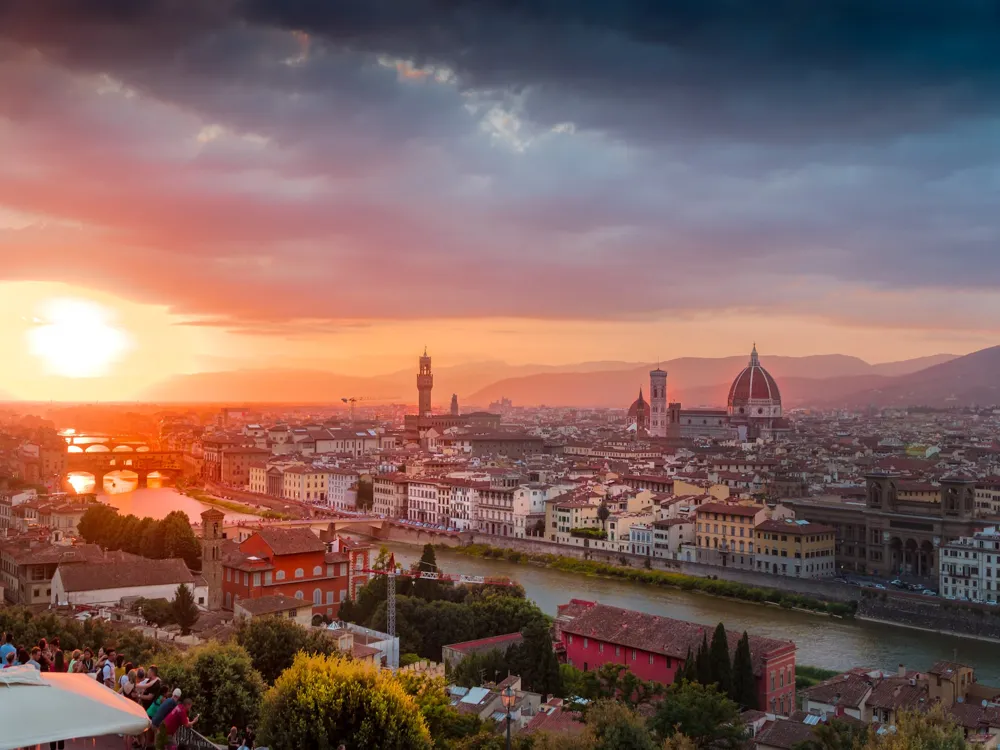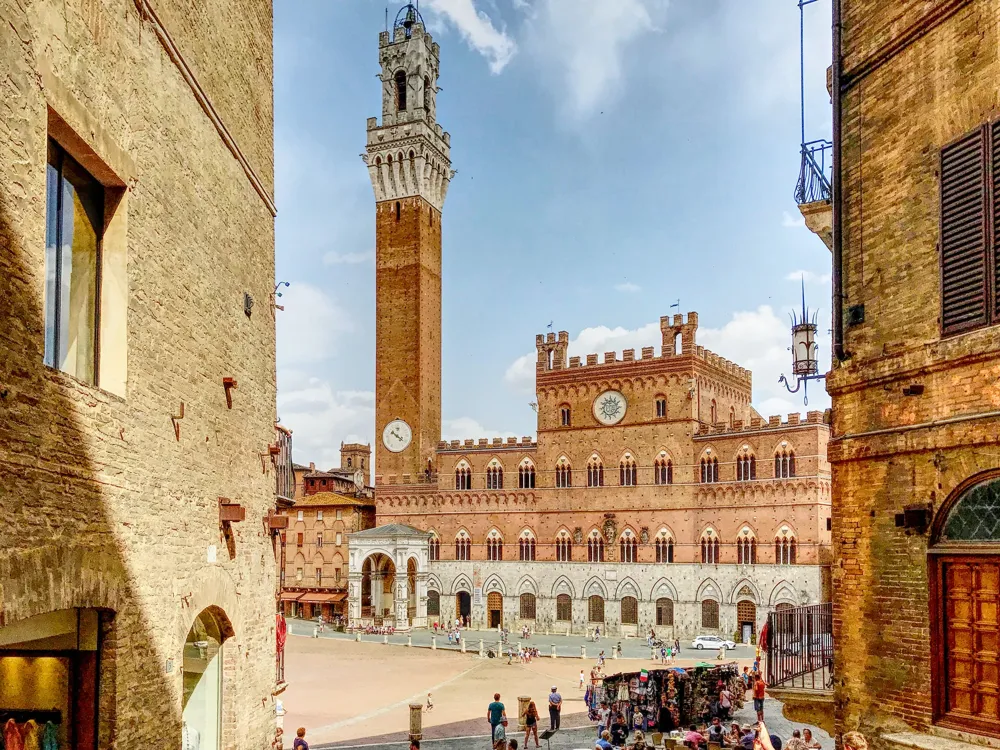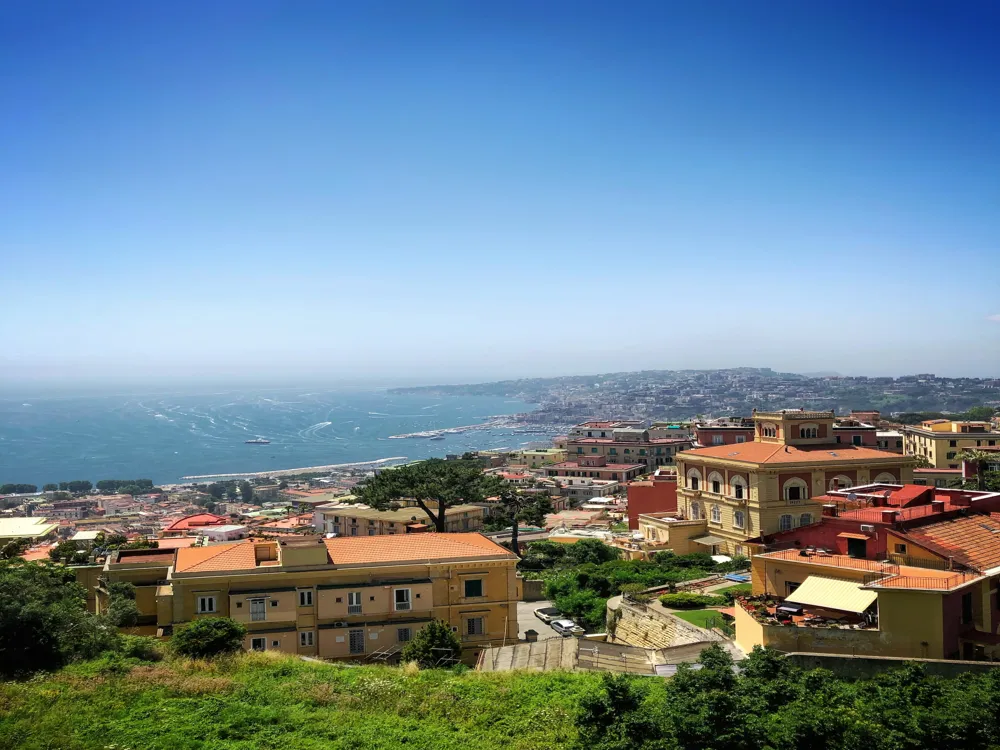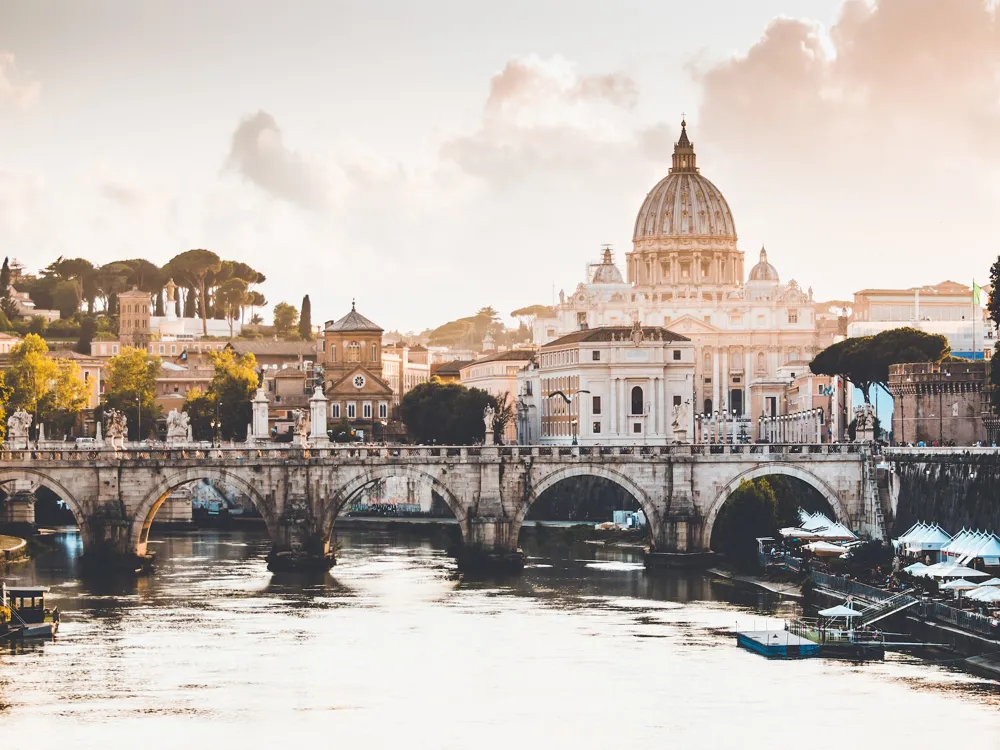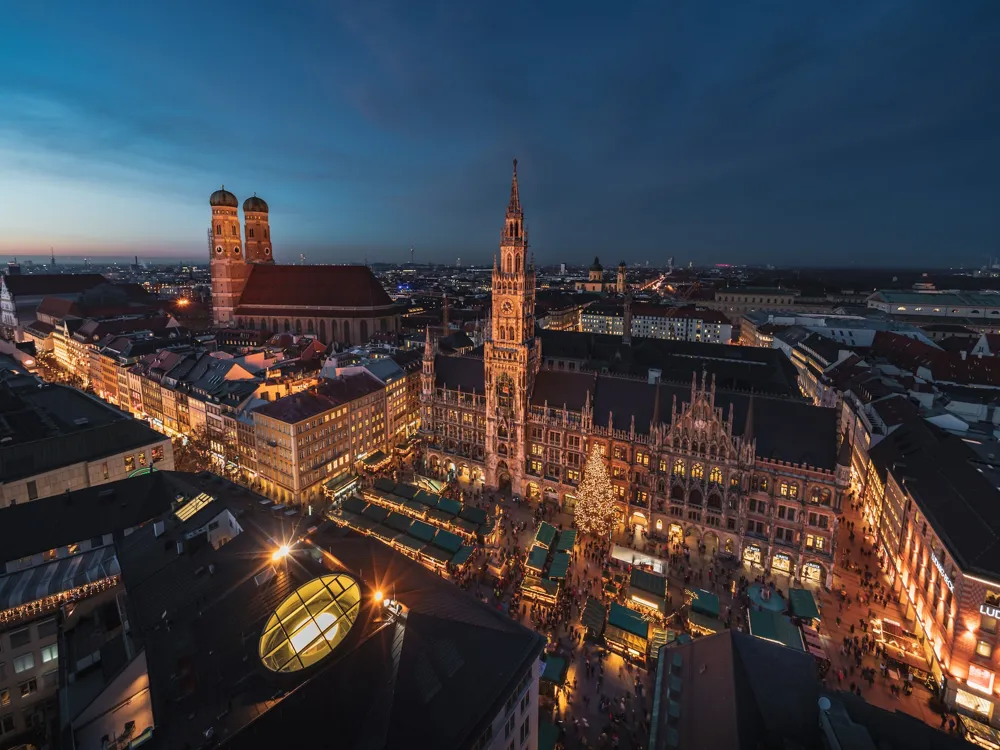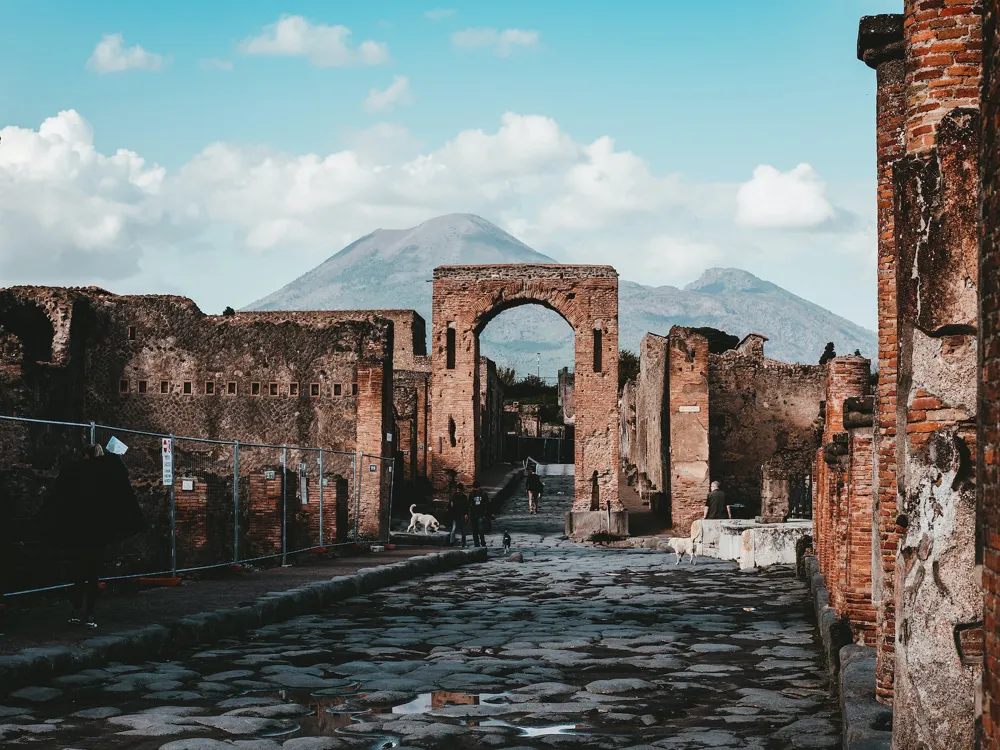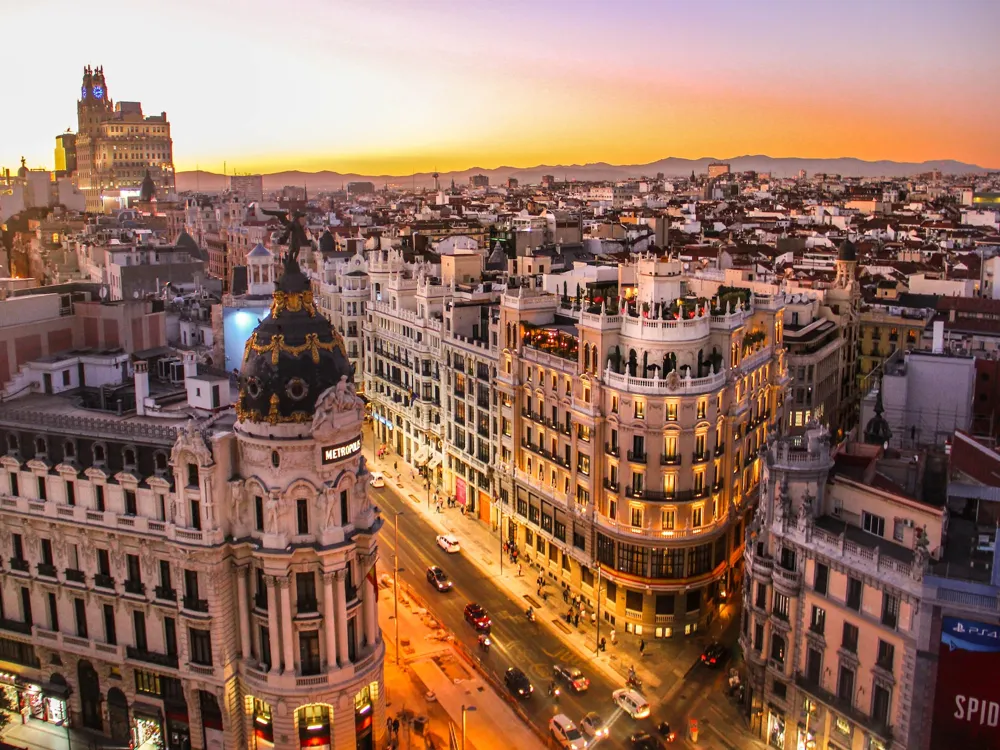Plan Your Travel To Bologna
Places To Visit In Bologna
Basilica of Santo Stefano Malaga
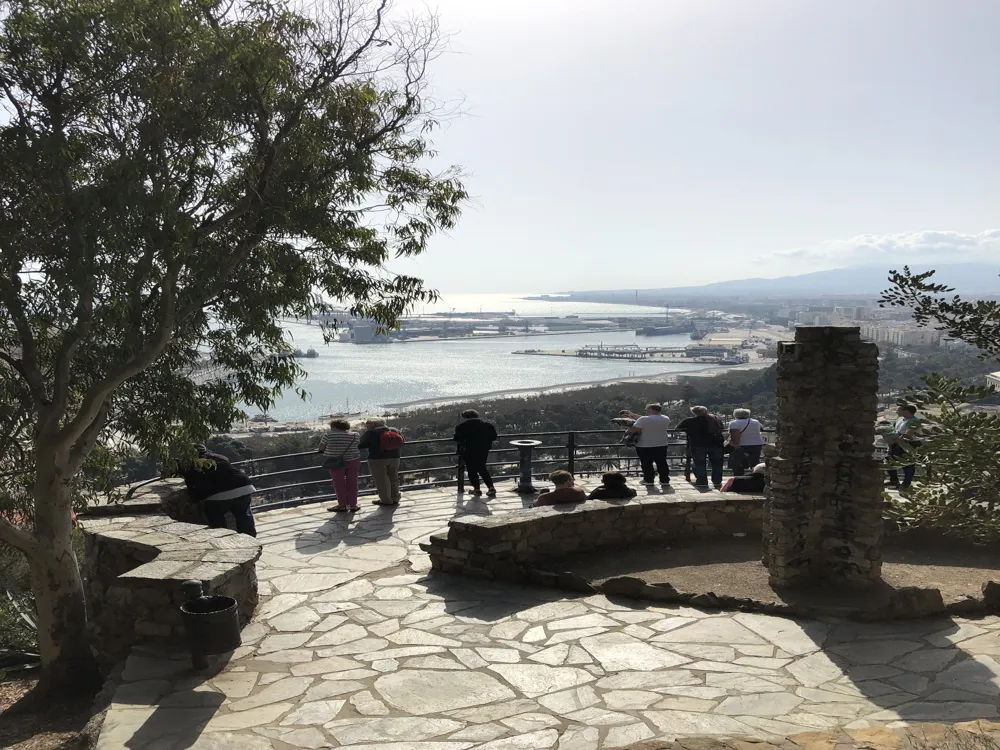
The Basilica of Santo Stefano is a complex of religious buildings consisting of seven different churches and chapels, each with its own unique history and architectural style. One of the most notable features of the attraction is the courtyard surrounded by arcades with a beautiful fountain at the centre.
The original church, which dates back to the 5th century, was dedicated to the Holy Sepulchre and contains a replica of the Holy Sepulchre in Jerusalem.The courtyard is also popular gathering spot and is often filled with musicians and street performers. Another notable church in the complex is the Church of the Crucifix, which houses a miraculous crucifix that is said to have saved the city from the plague in the 16th century.Over the centuries, additional buildings were added to the complex, including a monastery, chapels and cloisters. It is known for its unique and eclectic architectural style, which blends elements of Romanesque, Gothic, and Renaissance architecture. The interior of the complex is filled with beautiful artwork, including frescoes, paintings, and sculptures. Whether you are interested in art, history, or architecture, a visit to the Basilica of Santo Stefano is sure to be a highlight of your trip to Bologna.
Read More
Archaeological Museum of Bologna
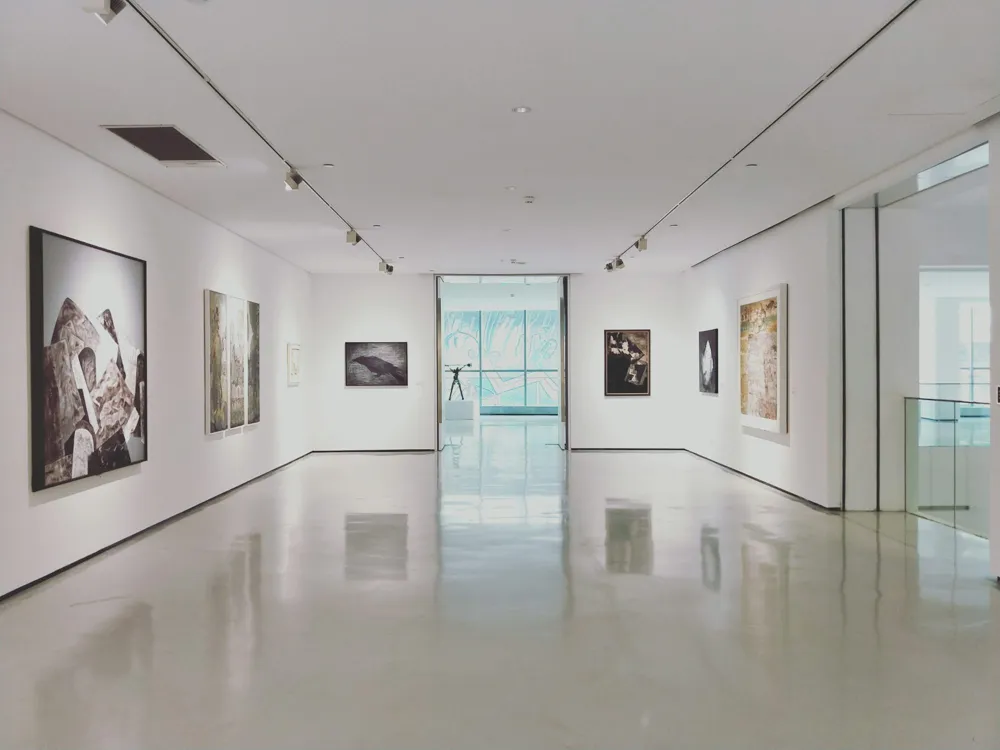
The Archaeological Museum of Bologna is one of the most important museums in Italy, dedicated to the history and archaeology of the region of Emilia-Romagna. It is located in the Palazzo Galvani and is a must-visit for anyone interested in archaeology, history, and ancient civilizations.
The museum's collection spans from prehistoric times to the Roman era, with a focus on the Etruscan civilisation. Tourists can admire artefacts such as pottery, sculptures, jewellery, and coins, as well as archaeological finds from various excavation sites in the region. One of the museum's highlights is the Egyptian section, which features an impressive collection of ancient Egyptian artefacts. These include mummies, sarcophagi, and funerary objects, as well as a reconstruction of an ancient Egyptian tomb.The museum also features a section dedicated to the history of Bologna, with exhibits highlighting the city's Roman and medieval past. You can learn about the city's founding, its development as a centre of learning during the Middle Ages, and its role in the Italian Renaissance. It offers a fascinating glimpse into the rich cultural heritage of the region and is sure to leave you with a greater appreciation for the history and art of Italy.
Read More
Piazza Maggiore
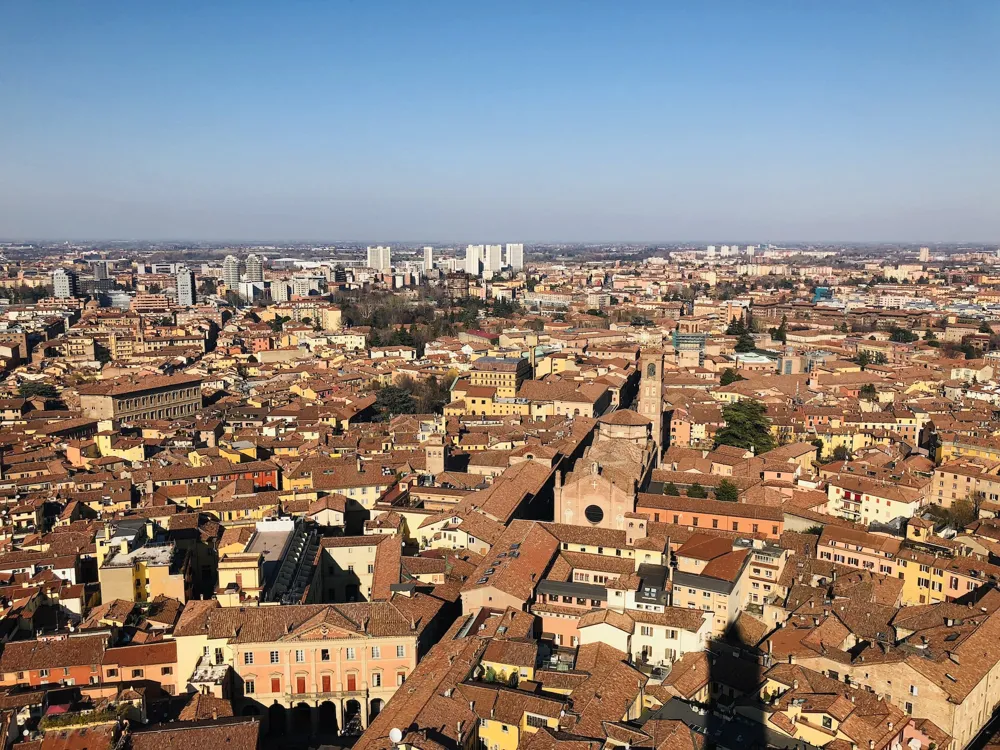
Piazza Maggiore is one of the main squares in the historic center of Bologna. A large, open space surrounded by some of the city's most important landmarks with stunning architecture and a lively atmosphere.
In addition to its aesthetic appeal, Piazza Maggiore has served as the centre of civic life in Bologna since the 13th century and has been the site of numerous important events over the centuries. It was the location of the coronation of Emperor Charles V in 1530 and it was also the site of public executions and other punishments. Today, Piazza Maggiore is a popular gathering place for both locals and tourists. Visitors can relax at one of the many outdoor cafes and restaurants, take in a street performance or musical event, go shopping or simply enjoy the vibrant atmosphere. Piazza Maggiore's beauty, history, and lively atmosphere make it one of the most popular and memorable attractions in the city.
Read More
Towers of Bologna
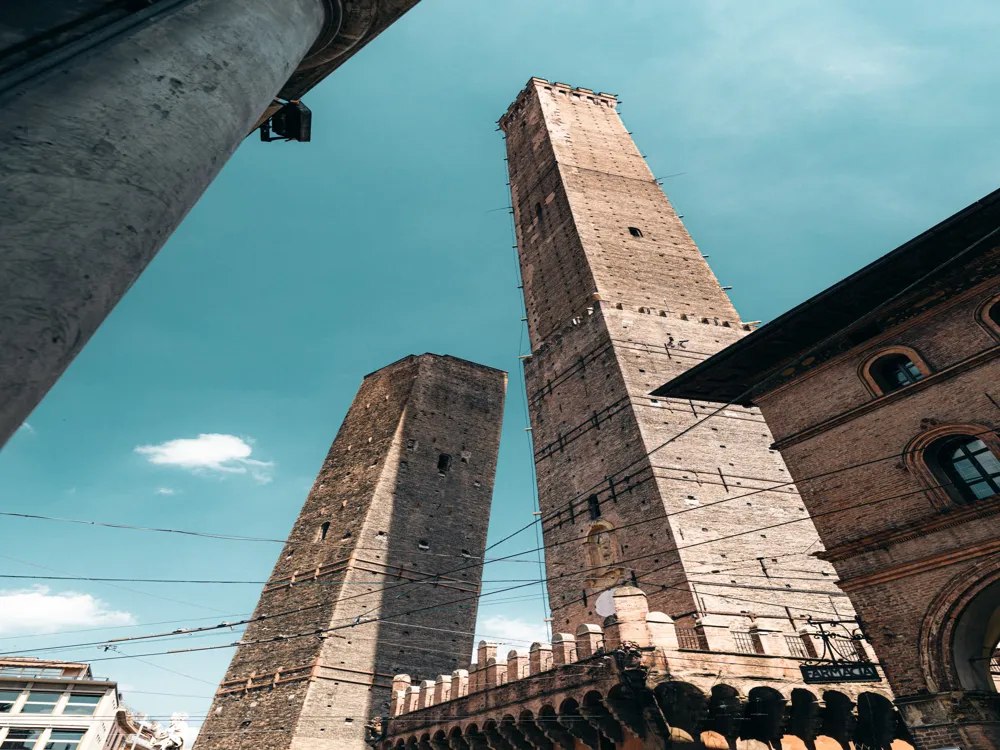
The Towers of Bologna are a pair of medieval towers and a unique part of the city's history and architecture. It is said out of 180 towers in Bologna only 24 remained standing. The most famous and widely visited towers among these are-- the Asinelli Tower and the Garisenda Tower.
Originally built between the 12th and 13th centuries as defensive structures, these towers have become an iconic symbol. The Torre degli Asinelli is the taller of the two towers. It was built in the 12th century by the Asinelli family and served as a defensive structure and a symbol of their wealth and power. Tourists can climb the tower's 498 steps to reach the top and enjoy panoramic and stunning views of the city. Meanwhile, the Torre Garisenda is a shorter tower that stands and was built by the Garisenda family in the 12th century. Although originally taller, the Garisenda Tower began to lean due to structural issues and had to be partially dismantled. The tower's unusual tilt and its rich history are admired by tourists as it provides a glimpse into the challenges of medieval construction.
Read More
Anatomical Theatre of the Archiginnasio
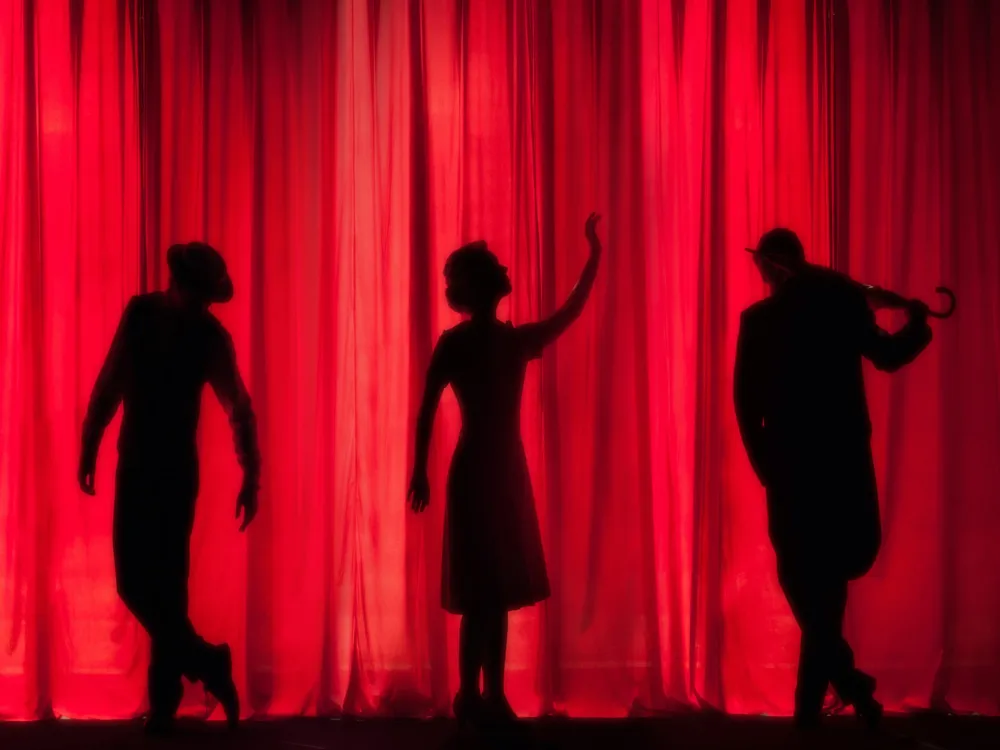
The Archiginnasio is a grand palace, and not a theatre, inside the University of Bologna which also houses the fascinating Anatomical Theatre. The famous Anatomical Theatre is fabricated entirely of spruce wood.
The upper floors of the palace contain two classrooms closed to the public, and the Artisti and the Stabat Mater Hall, which are worth visiting. The Archiginnasio was constructed around the 1560s inside the 11th-century university. It flaunts the remarkable “Spellati”, anatomical models with exposed muscles. Beautiful frescoes decorate the corridors and interiors of the palace. The Anatomical Theatre was built later in 1637. It’s actually a hall but is called a theatre because it looks like one. The walls are wooden, as is a majority of the furniture here. Statues of proficient physicians can be seen surrounding the theatre. Unfortunately, the theatre was heavily damaged in World War 2 and what you see today is the restored version. The Stabat Mater Hall was named after the first performance of Gioachino Rossini‘s Stabat Mater took place here in 1842. Again, the hall looks marvellous, adorned with frescoes.
Read More
Asinelli Tower
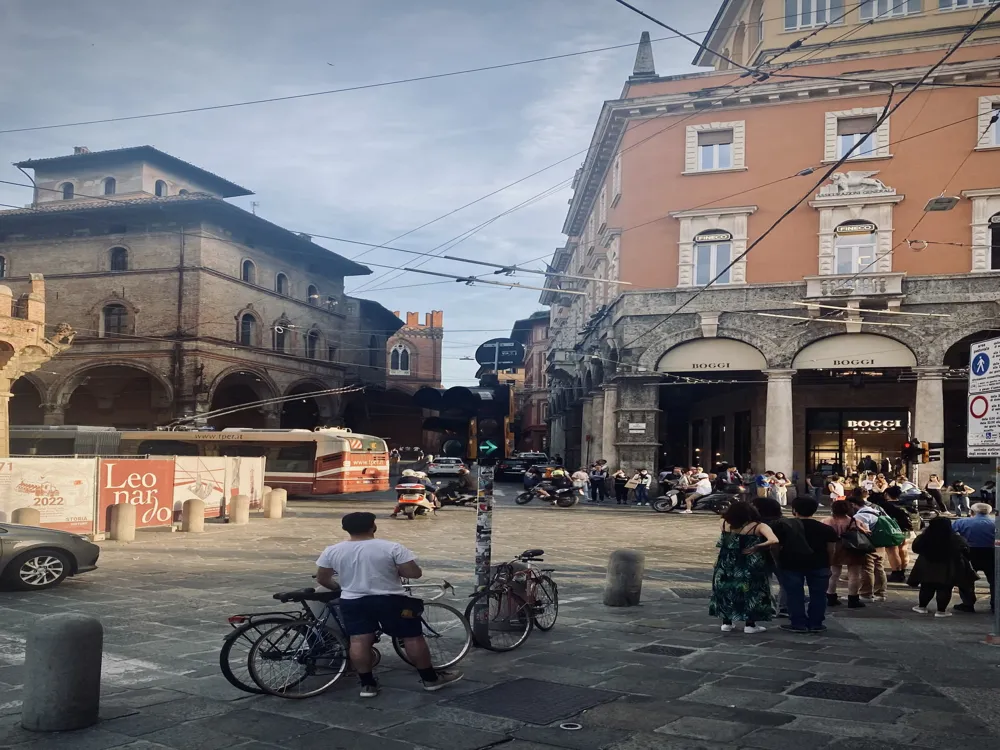
The Asinelli Tower is part of the two-tower complex—Le Due Torri—and is the only one accessible of the two; the other tower is the Garisenda Tower. The tower has a height of 97.2m and leans at a slope of 1.3 degrees. It takes 498 steps to reach the top, but the view from here is simply stunning.
These towers are the most iconic monuments in this city and serve as an unofficial logo of Bologna. The tower was constructed between 1109 and 1119, named after the family who built it. Initially, it was just 60m tall but later was extended to give far-reaching warning signals. It was used as a point of observation and for defensive purposes. It has withstood many fires, lightning strikes and calamities and is one of 200 towers that once populated Bologna. Its sister tower, the Garisenda, was built around 1110 and is 47.5m tall. There’s also a superstition associated with the Asinelli tower, which says that you won’t be able to graduate if you climb this tower.
Read More
Basilica di San Petronio
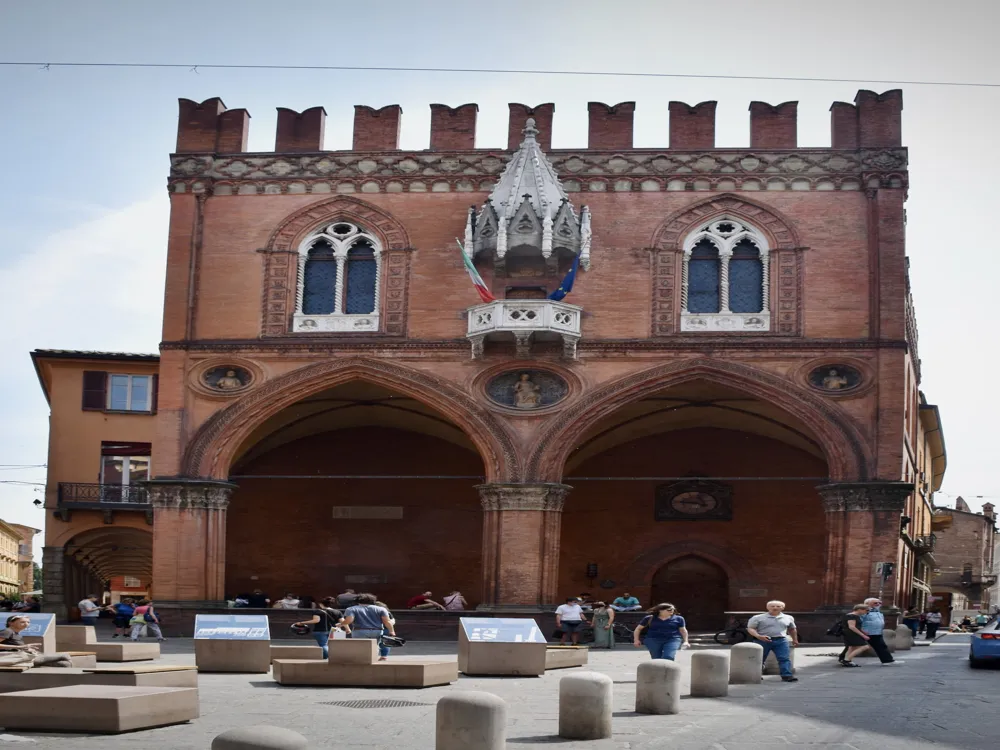
The Basilica di San Petronio is the largest church in Piazza Maggiore, located in Piazza Maggiore. Positioned here is the longest sundial in the world, uniquely accurate and precise. The terrace of this church is accessible and offers a delightful view of the surroundings.
Construction of the basilica started in 1390, but the facade remains unfinished. It was consecrated in the name of St. Petronio, the patron city of Bologna. The bottom marble part glows at night, contrasting with the upper, which is made of bricks and melds with the night sky. It was supposed to be the largest church in the world, but it was never completed; it still stands at an impressive height of 132 meters and is the seventh largest in the world. Egnazio Danti designed the original sundial, but it was destroyed when the church was renovated in 1653. Giovanni Domenico Cassini later made a similar, more sophisticated sundial, measuring 67.7m in length. In the Chapel of the Three Wise Men is Giovanni da Modena’s fresco depicting phases of St. Petronio’s life. However, it is considered a work of blasphemy by the Islamic World as the figure of Muhammed appears in hell in this depiction.
Read More
Casa di Lucio Dalla
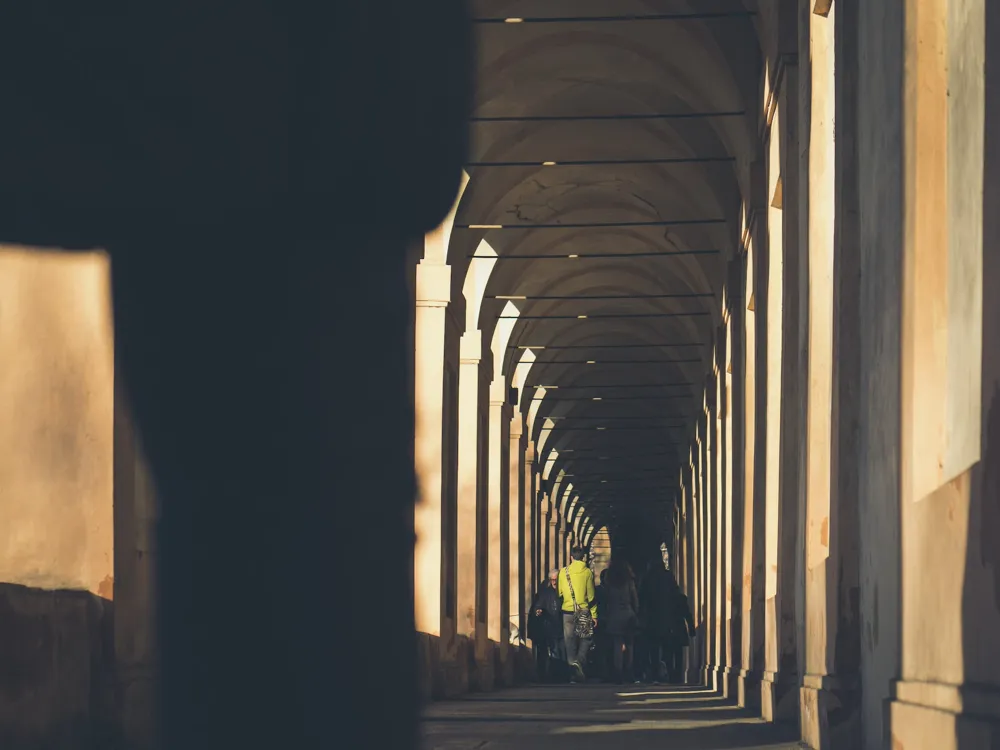
The Casa di Lucio Dalla was the house of the famous Bolognese singer-songwriter Lucio Dalla near Piazza Maggiore in Bologna. The tour is a sensory walk through the various artifacts, the musician collected, including many splendid 18th-century Neapolitan nativity scenes and other artworks.
The renowned contemporary musician Dalla lived here from 1993 until he passed away in 2012. The Casa was opened to the public in 2019, adding to Bologna’s cultural heritage. The Caruso Room was where the record label Pressing Lines was founded by him. He created some of the most noteworthy music pieces in the relatively smaller Studio di Lucio. In addition, he held on to a portion of the Berlin wall; he wrote a popular song featuring two lovers—one from East and one from West Berlin—in front of this wall.
Read More
Certosa di Bologna
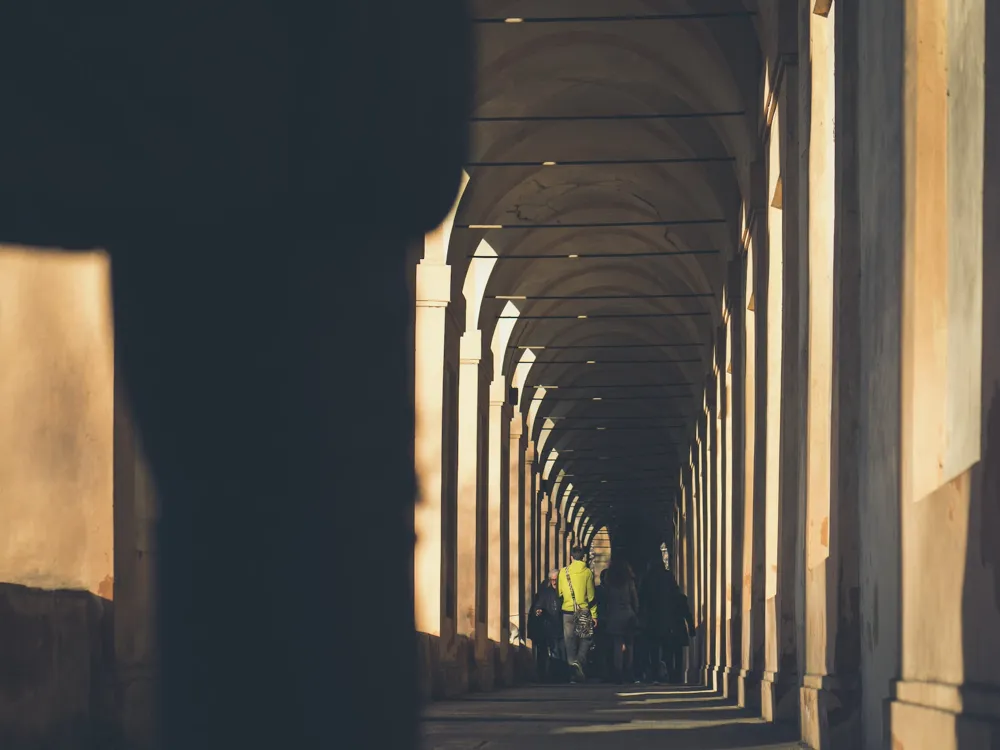
The Certosa di Bologna is a large cemetery museum spread across 30 hectares of land in Bologna. Here lie the graves of some prominent Italian and Bolognese persons like Lucio Dalla, a famous musician, founders of Maserati and Ducati, Giorgio Morandi, a talented painter, and others.
Frescoes, paintings and sculptures provide company to the dead. A prodigious Elisabetta Sirani is one of the most extraordinary works here. The cemetery was established in 1801 over what was left of a Carthusian convent from the 14th century. The Church of San Girolamo nearby is a relic of the ancient convent. Many artists have contributed to the beautification of the cemetery, making it less dreadful. The graves were adorned with paintings; statues and sculptures took their place in the 19th century. There is a separate Ossuary Monument for Partisan Soldiers of WWII and the grave of Irma Bandiera, a woman with a prominent role during the War. The Certosa hosts concerts, plays and guided tours during summer.
Read More
FICO Eataly World
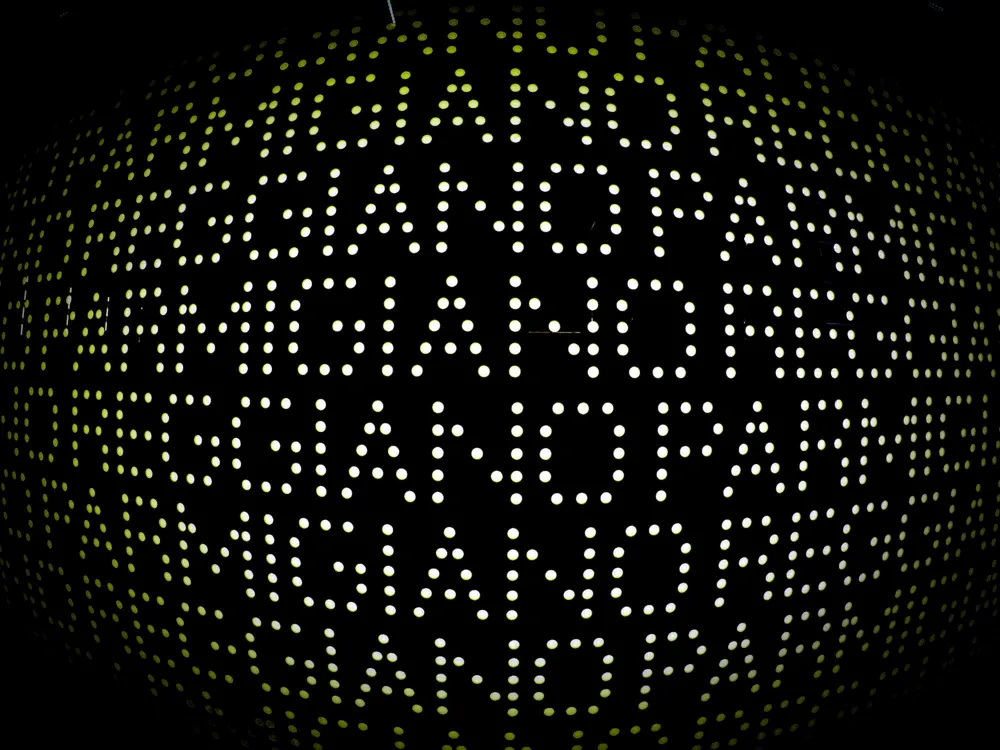
FICO Eataly World is a food centre and theme park for food lovers in Bologna. There are 45 small restaurants here. Here, there is a space apportioned to grow vegetables, cereals and herbs, fruits, olives, truffles, and stables to rear farm animals for meat and dairy.
Factories have also been set up to make sauces, dough, ground flour, etc., so the entire food-making process takes place here. FICO Eataly World has contracts with the top food producers in Italy, so you get the best of what each location in Italy offers. It offers many types of tours and food experiences—you can plan what you would like to do beforehand on FICO’s website. You can also roam on your own and enjoy the food-themed rides. It is located a little away from the city centre and towards the countryside.
Read More
Bologna Travel Packages
View All Travel Packages Bologna
Nearby Places Bologna
Browse Package Collections
Browse Hotel Collections











